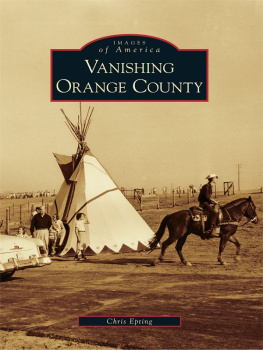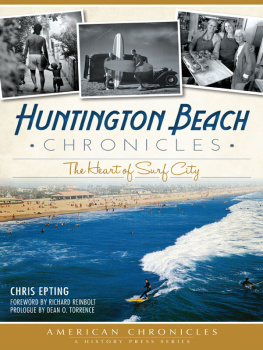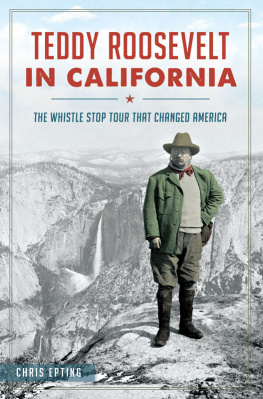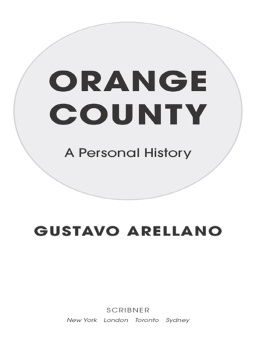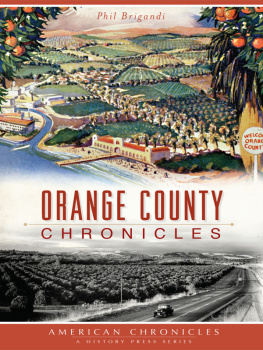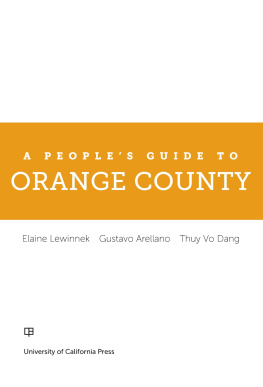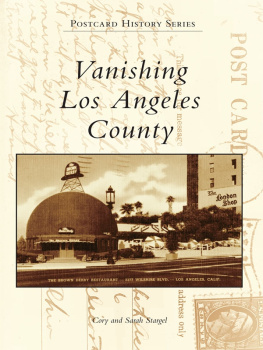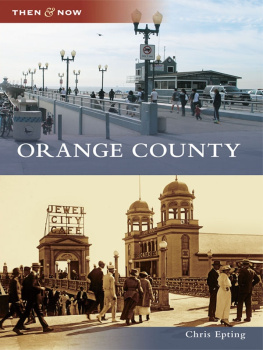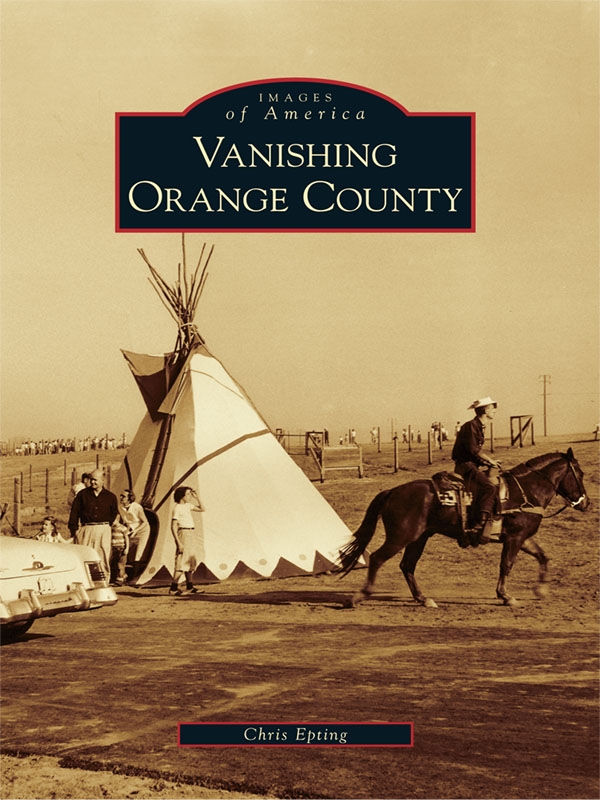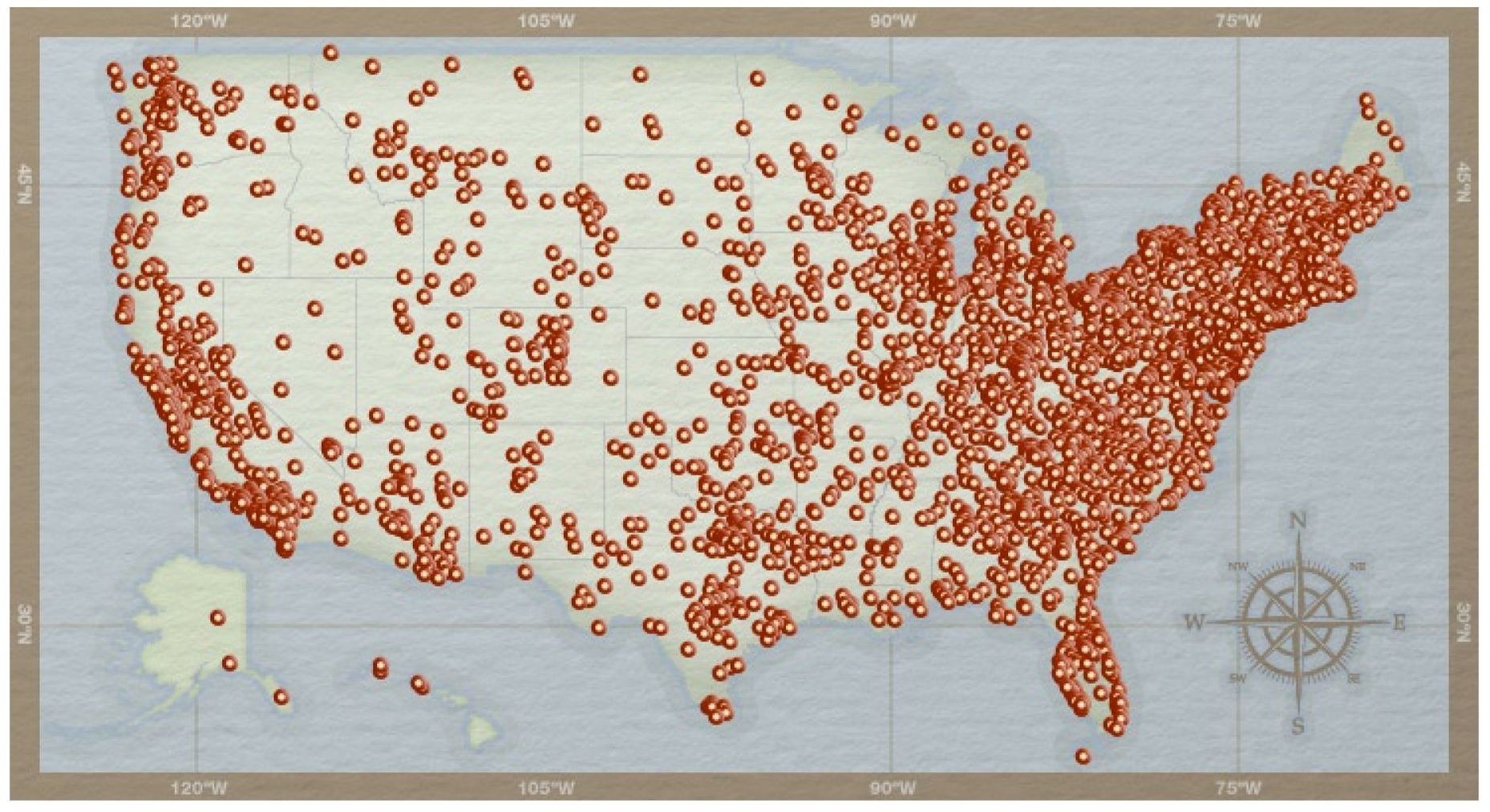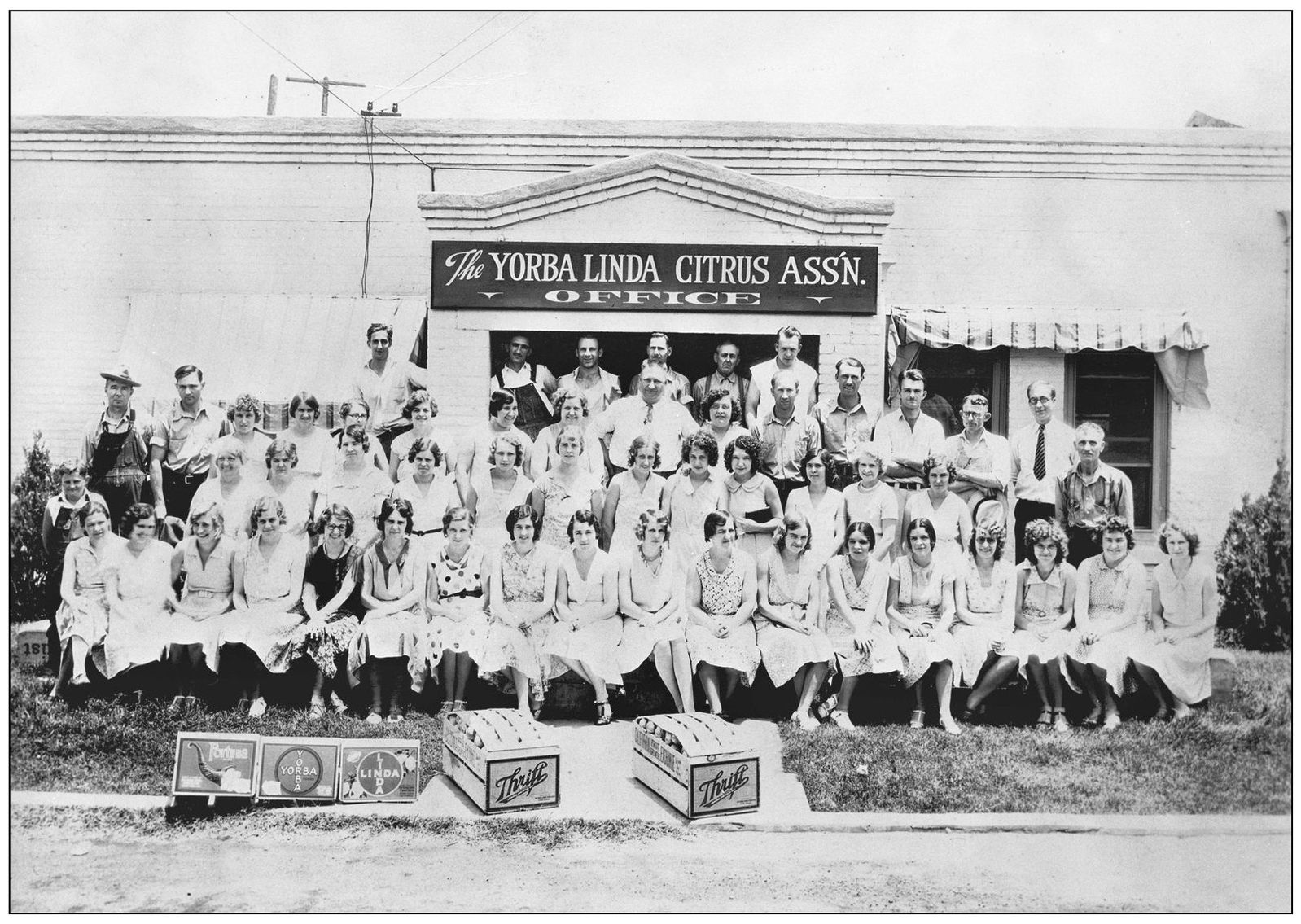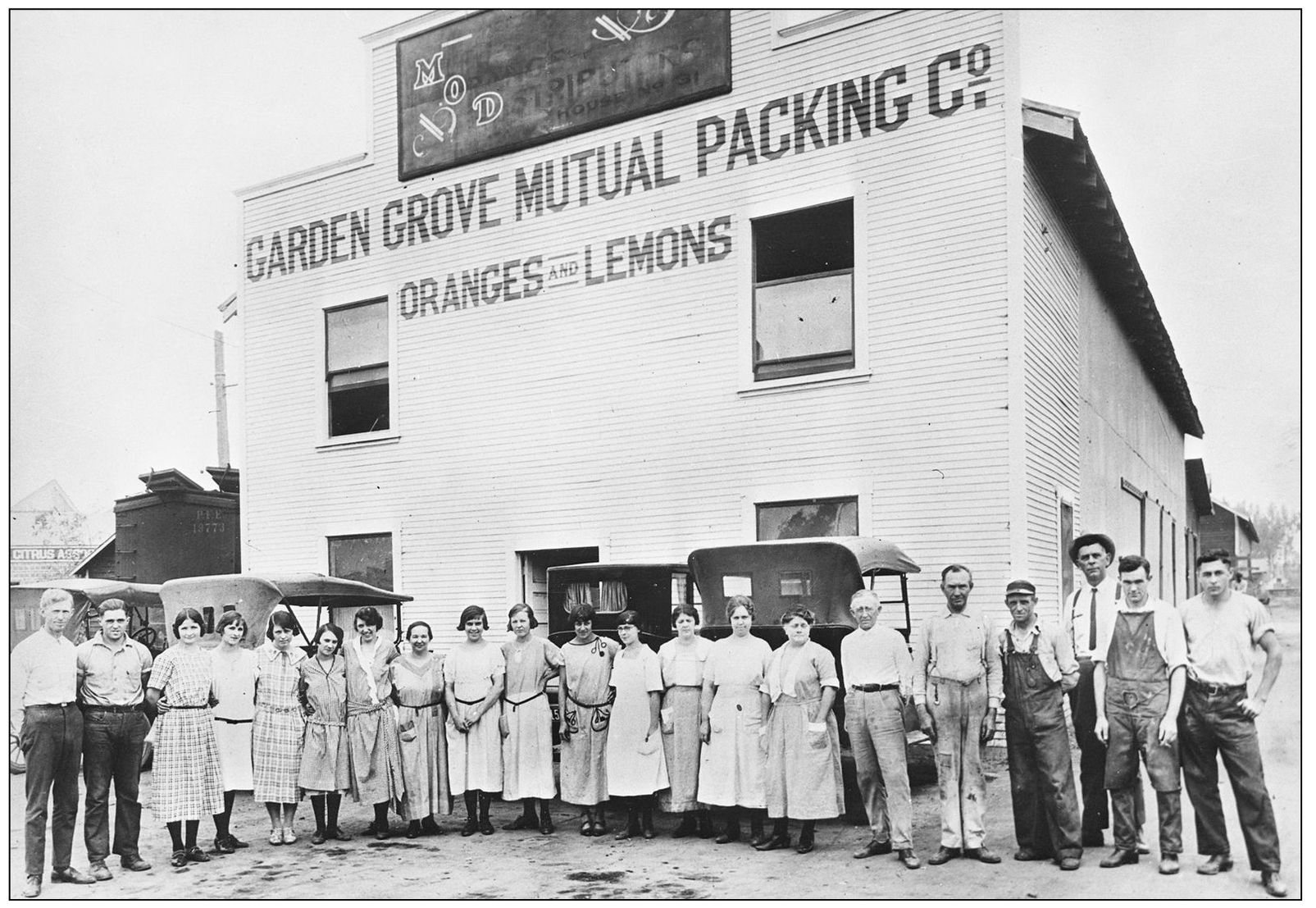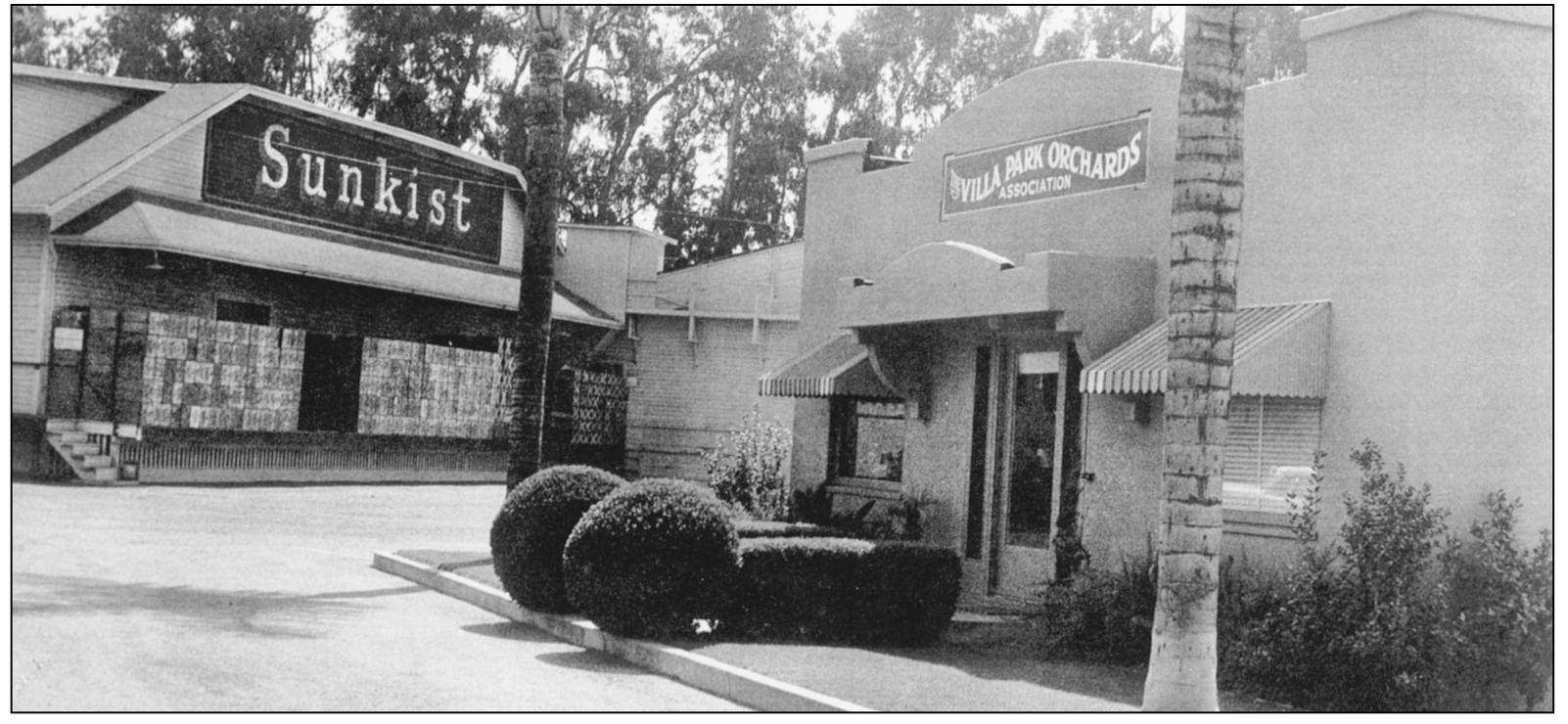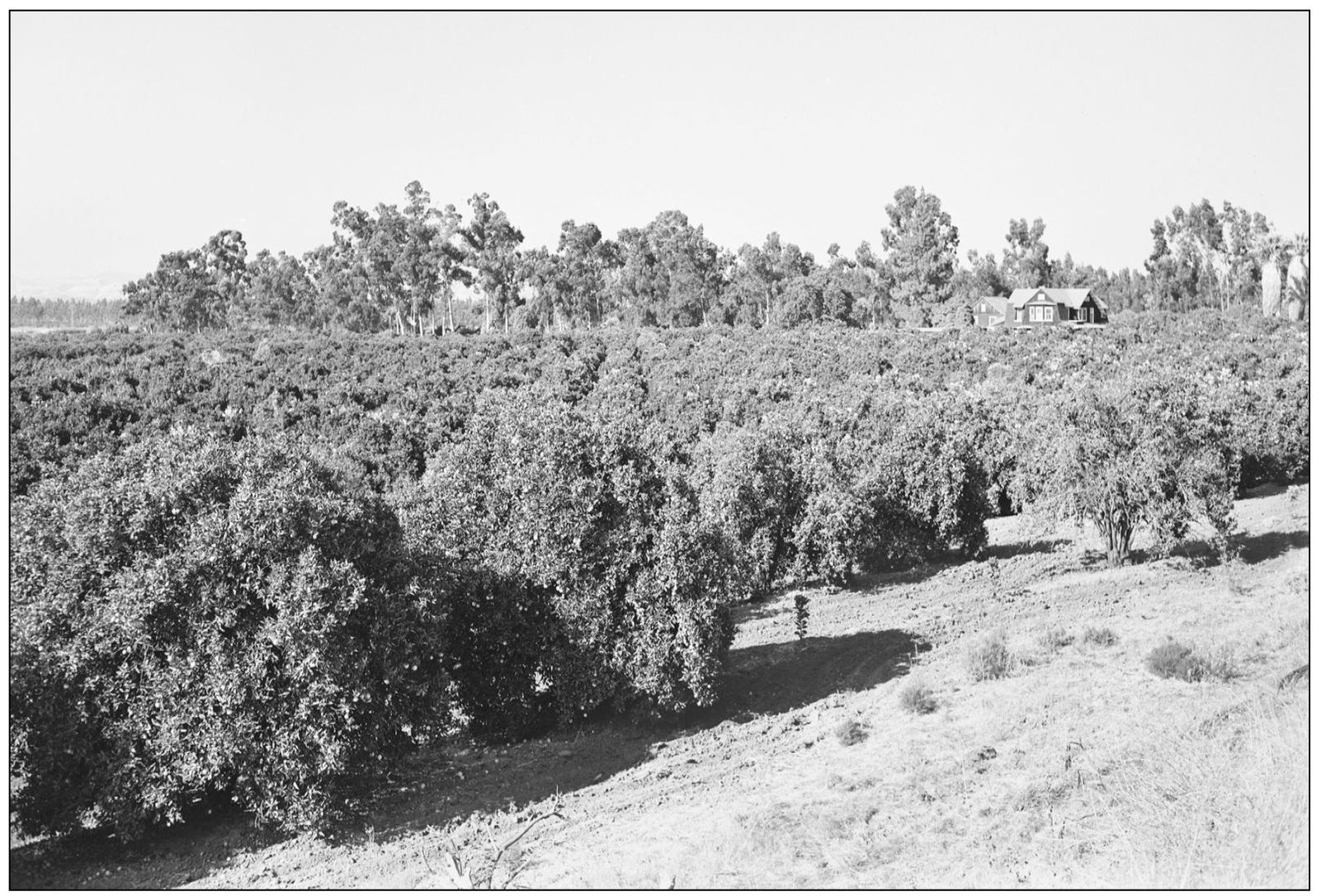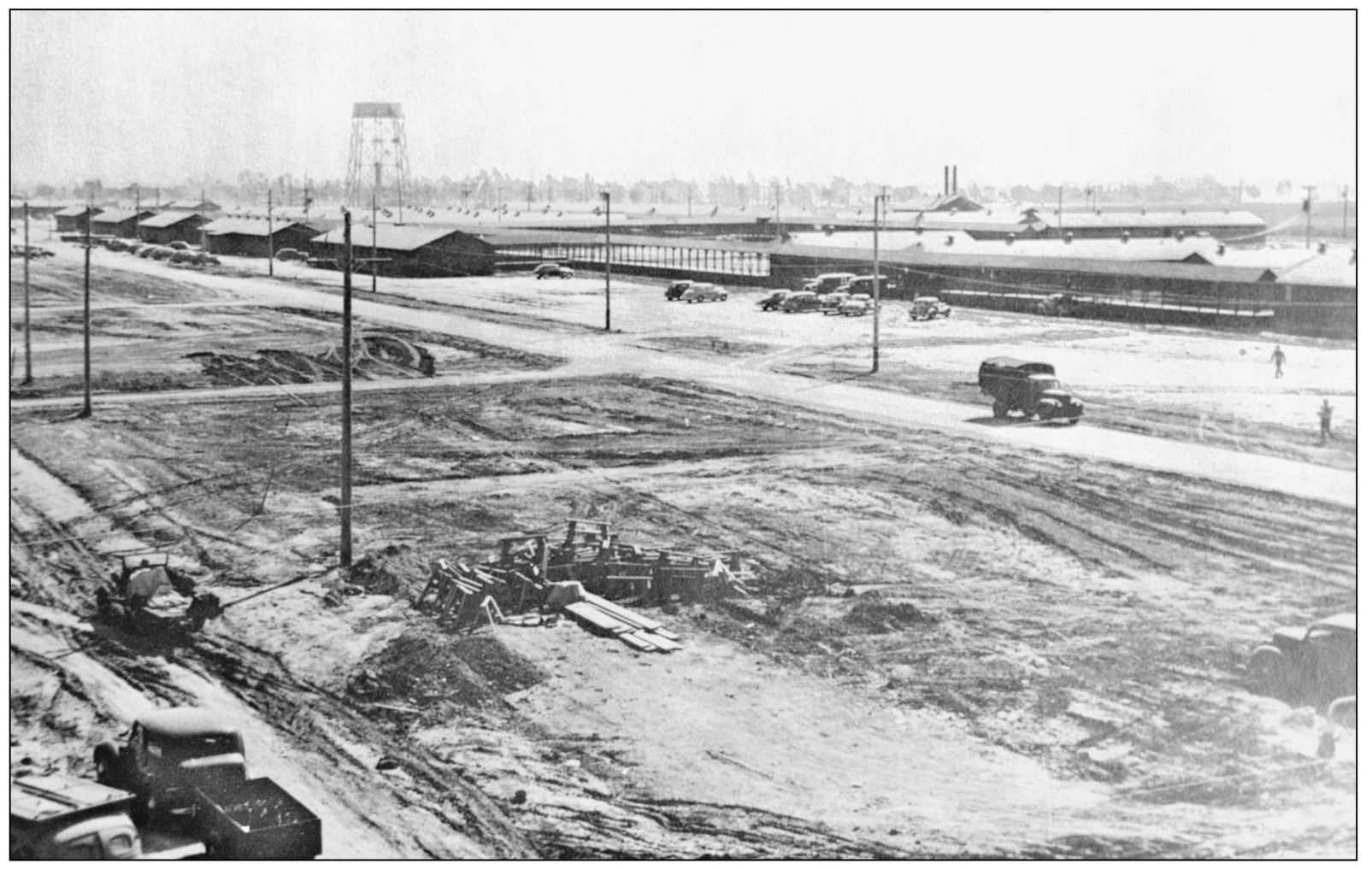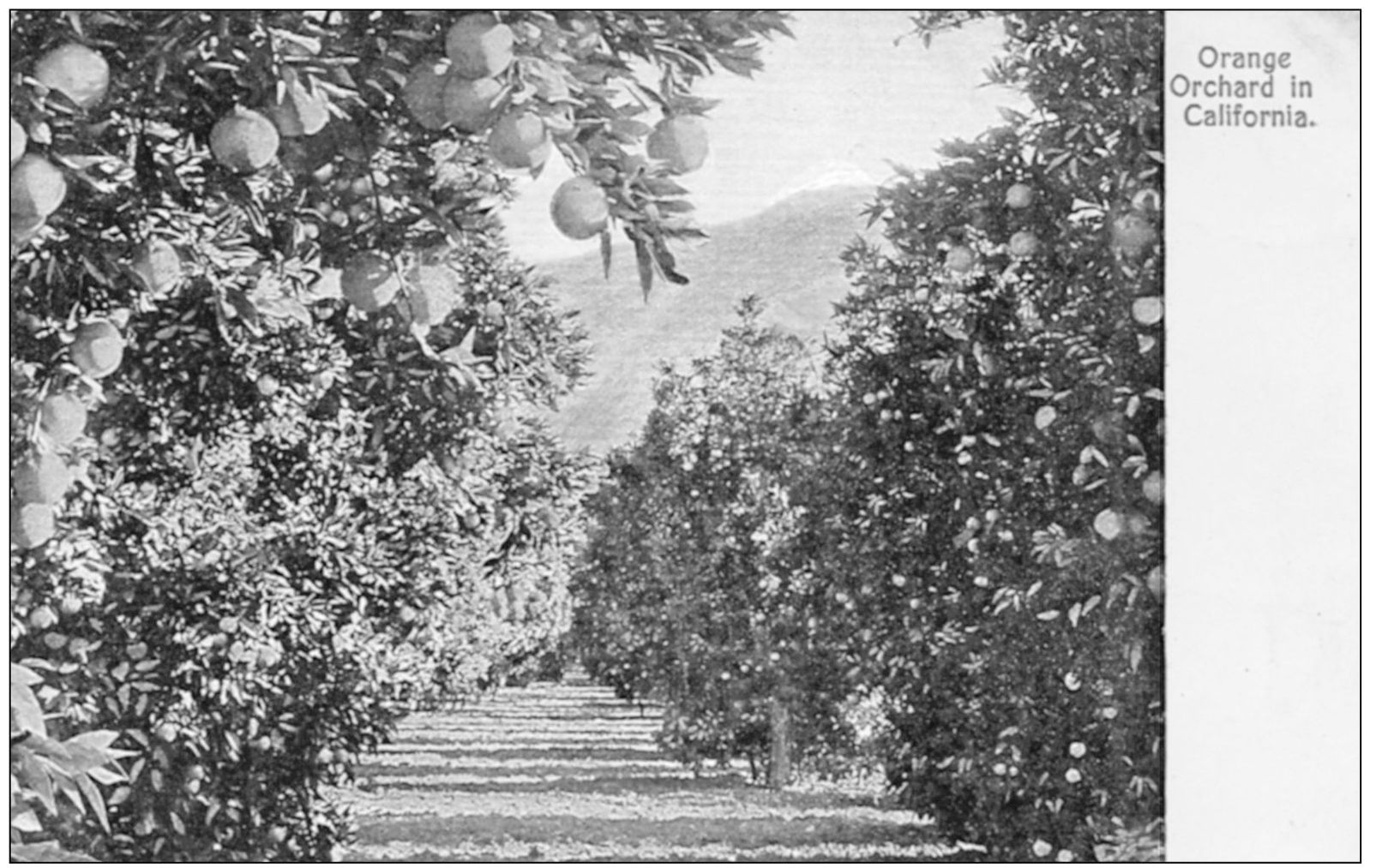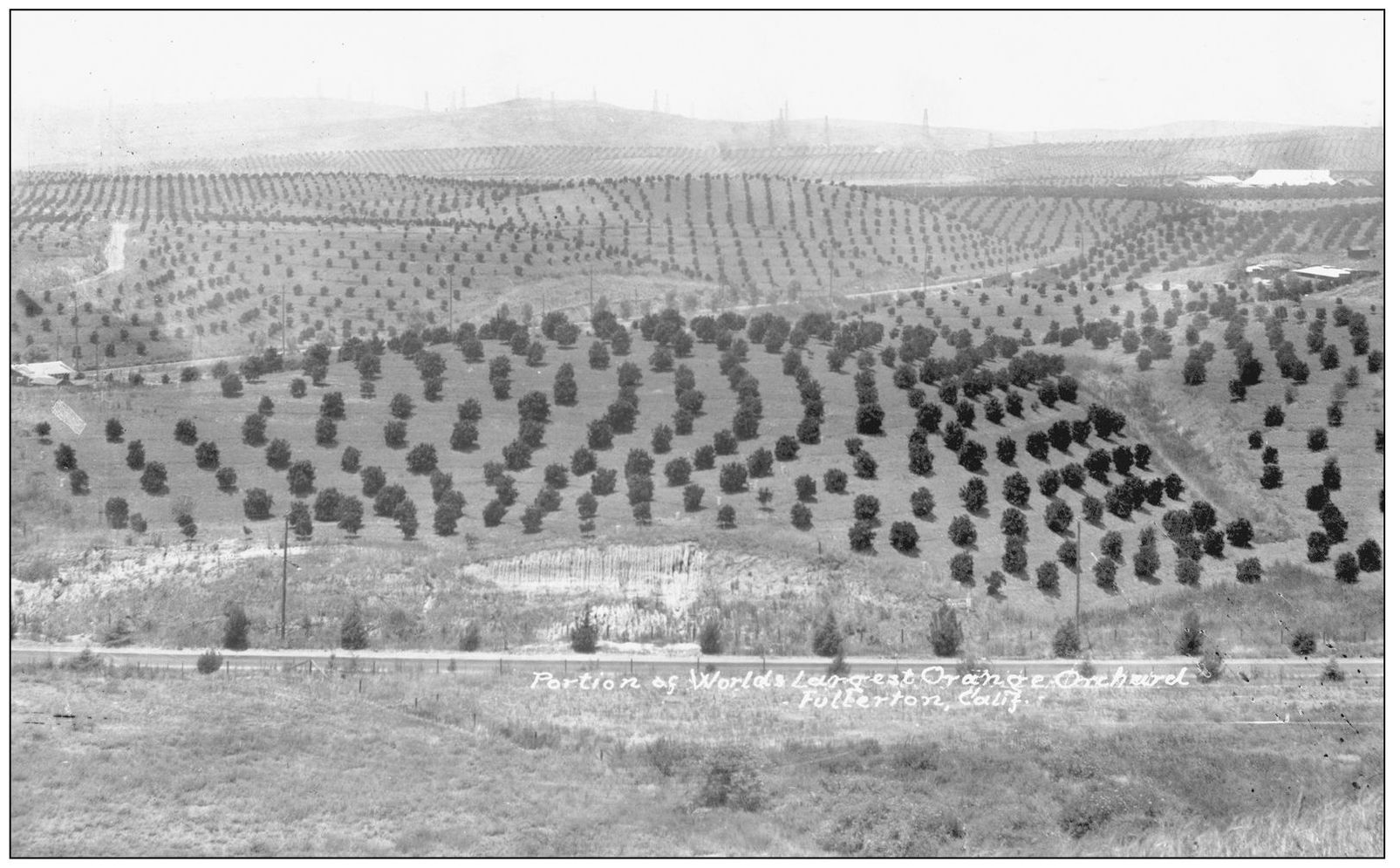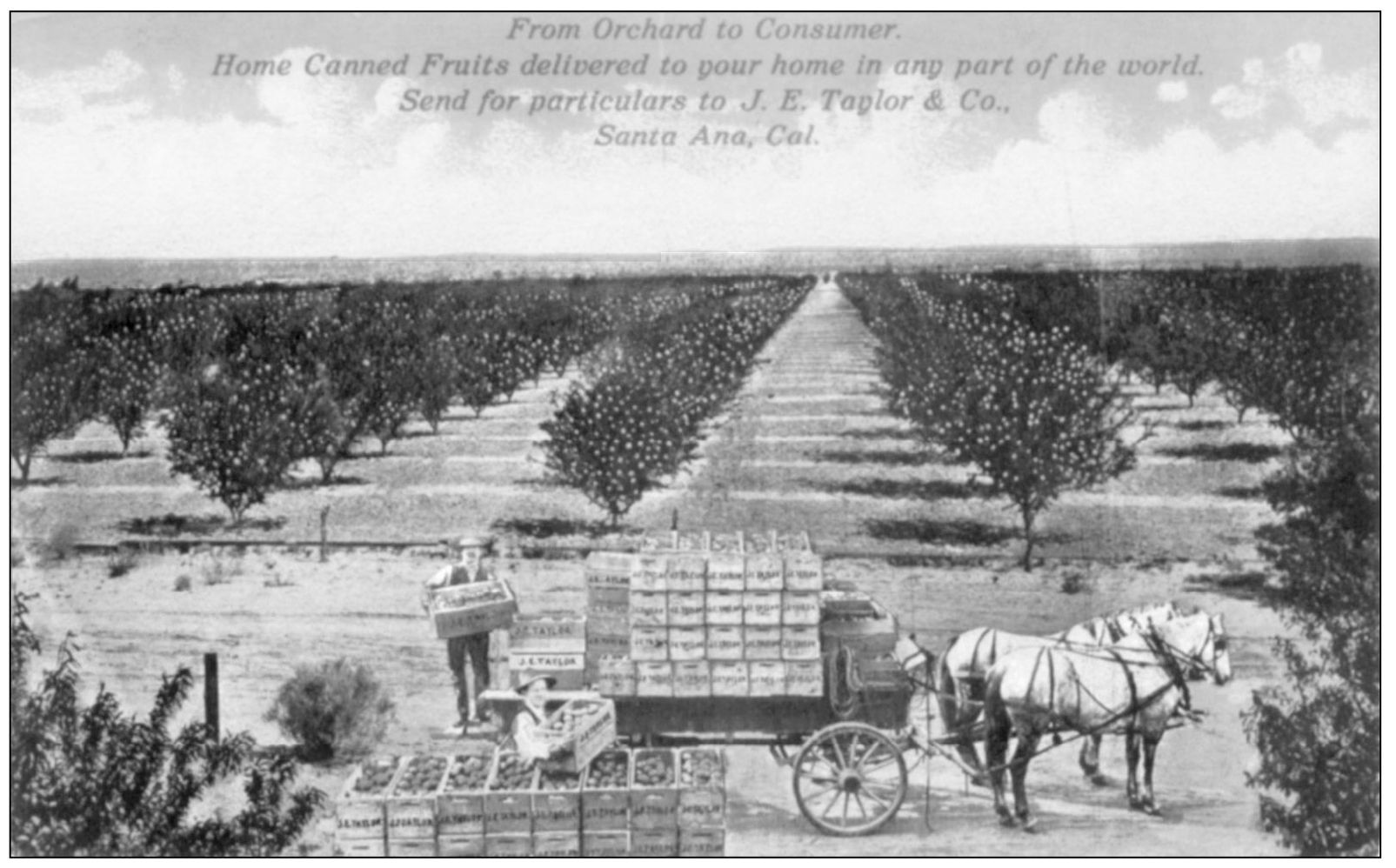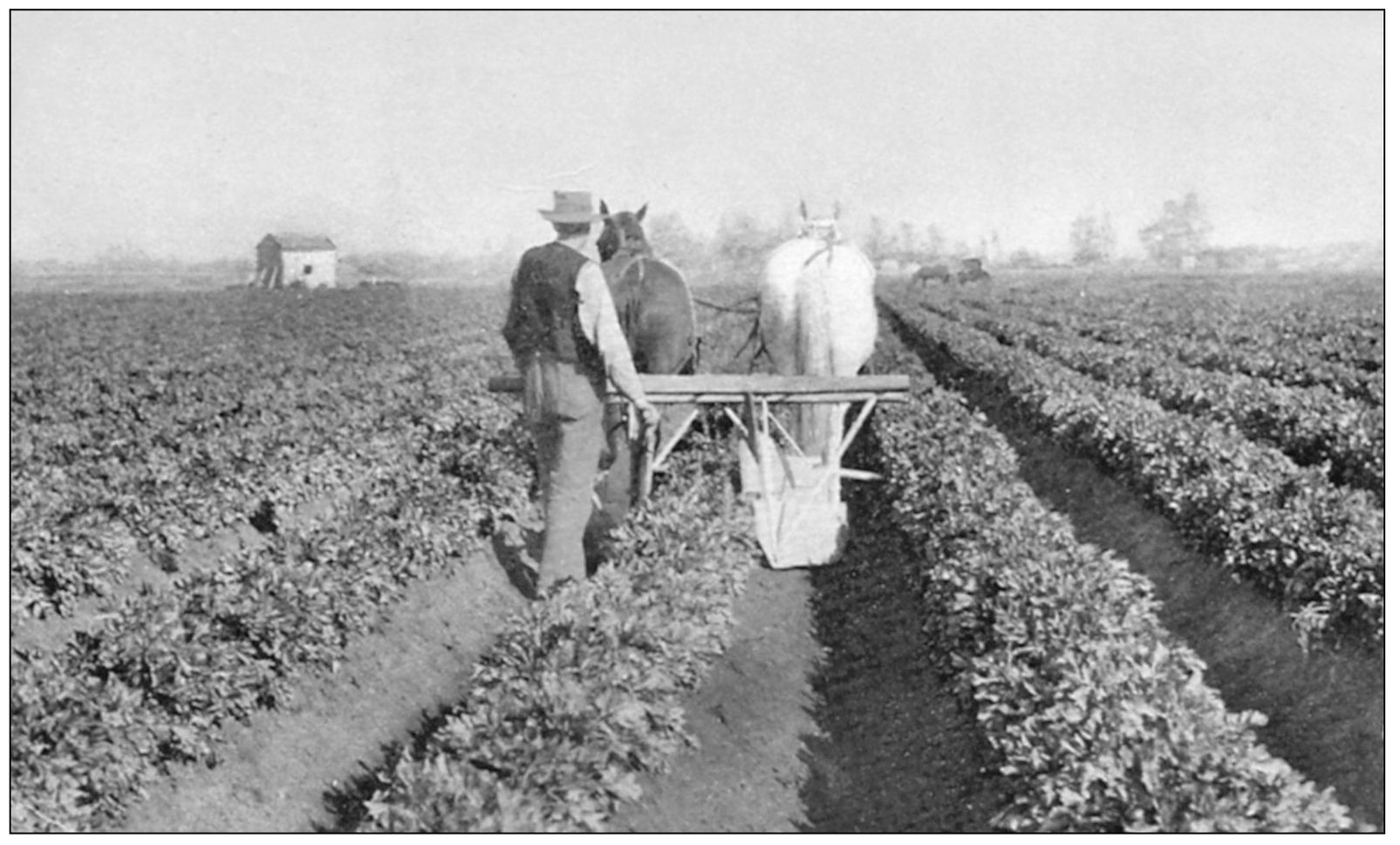Chris Epting - Vanishing Orange County
Here you can read online Chris Epting - Vanishing Orange County full text of the book (entire story) in english for free. Download pdf and epub, get meaning, cover and reviews about this ebook. year: 2008, publisher: Arcadia Publishing, genre: Religion. Description of the work, (preface) as well as reviews are available. Best literature library LitArk.com created for fans of good reading and offers a wide selection of genres:
Romance novel
Science fiction
Adventure
Detective
Science
History
Home and family
Prose
Art
Politics
Computer
Non-fiction
Religion
Business
Children
Humor
Choose a favorite category and find really read worthwhile books. Enjoy immersion in the world of imagination, feel the emotions of the characters or learn something new for yourself, make an fascinating discovery.
- Book:Vanishing Orange County
- Author:
- Publisher:Arcadia Publishing
- Genre:
- Year:2008
- Rating:3 / 5
- Favourites:Add to favourites
- Your mark:
Vanishing Orange County: summary, description and annotation
We offer to read an annotation, description, summary or preface (depends on what the author of the book "Vanishing Orange County" wrote himself). If you haven't found the necessary information about the book — write in the comments, we will try to find it.
Orange County formally separated from Los Angeles County in 1889, and theres been no looking back. Wilderness gave way to rich farmlands, where oranges, lemons, avocados, and walnuts made agriculture the new countys most important industry; the region was actually named for the prevalence of its citrus groves. The 20th century brought with it plenty of entrepreneurs, including Walter Knott and later Walt Disney, along with the aerospace industry, oil drilling, beach culture, and more. But the more popular the O.C. became, the more the past began to be lost to development and sprawl. This evocative compendium of photographs revisits many of the places locals held near and dear, including the Golden Bear nightclub, Japanese Village Deer Park, Lion Country Safari, plus popular stores, restaurants, and, of course, the ever-shrinking farmlands. Many of these images are courtesy of the Orange County Archives, and others came from the authors private collection.
Chris Epting: author's other books
Who wrote Vanishing Orange County? Find out the surname, the name of the author of the book and a list of all author's works by series.

